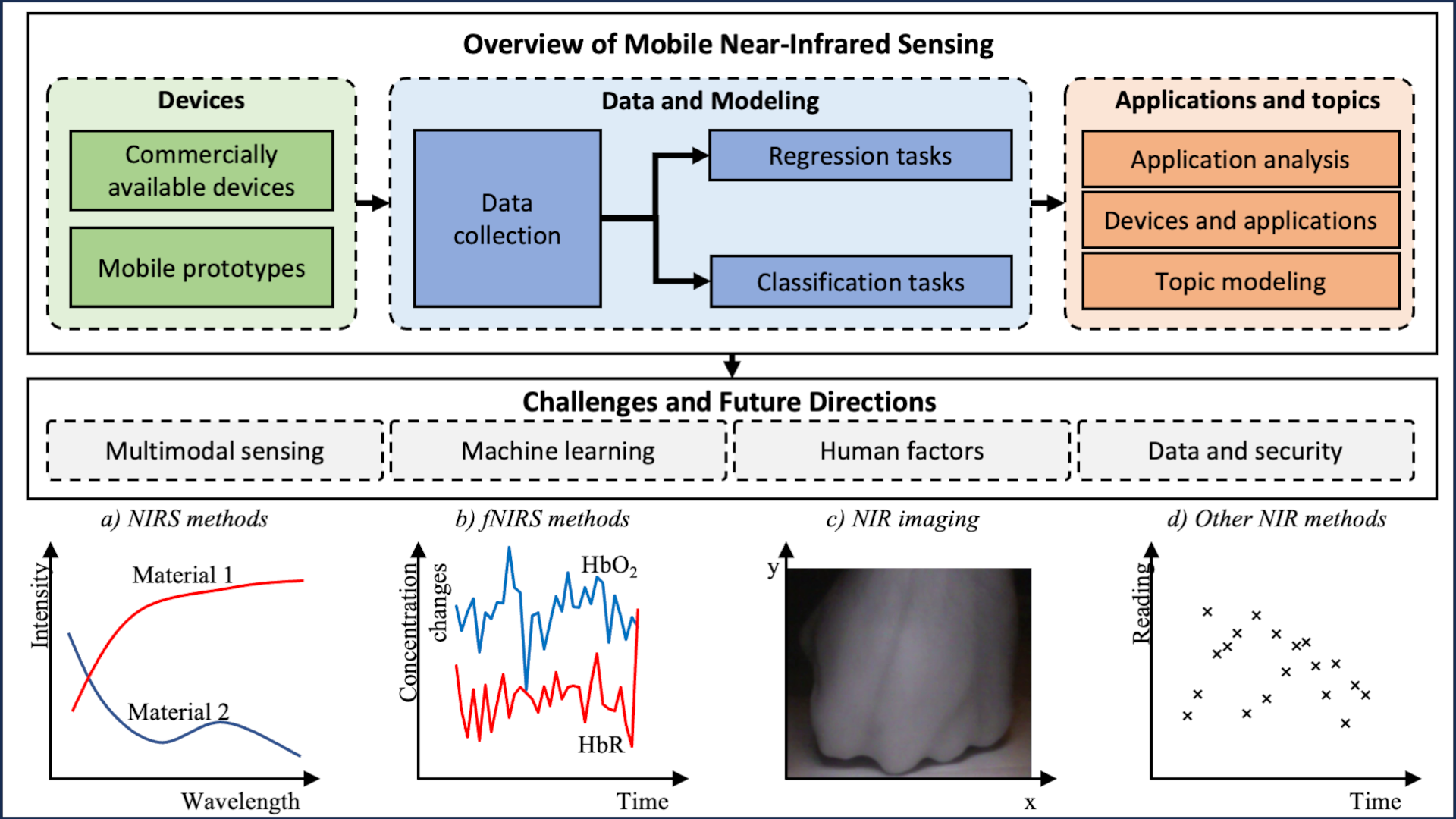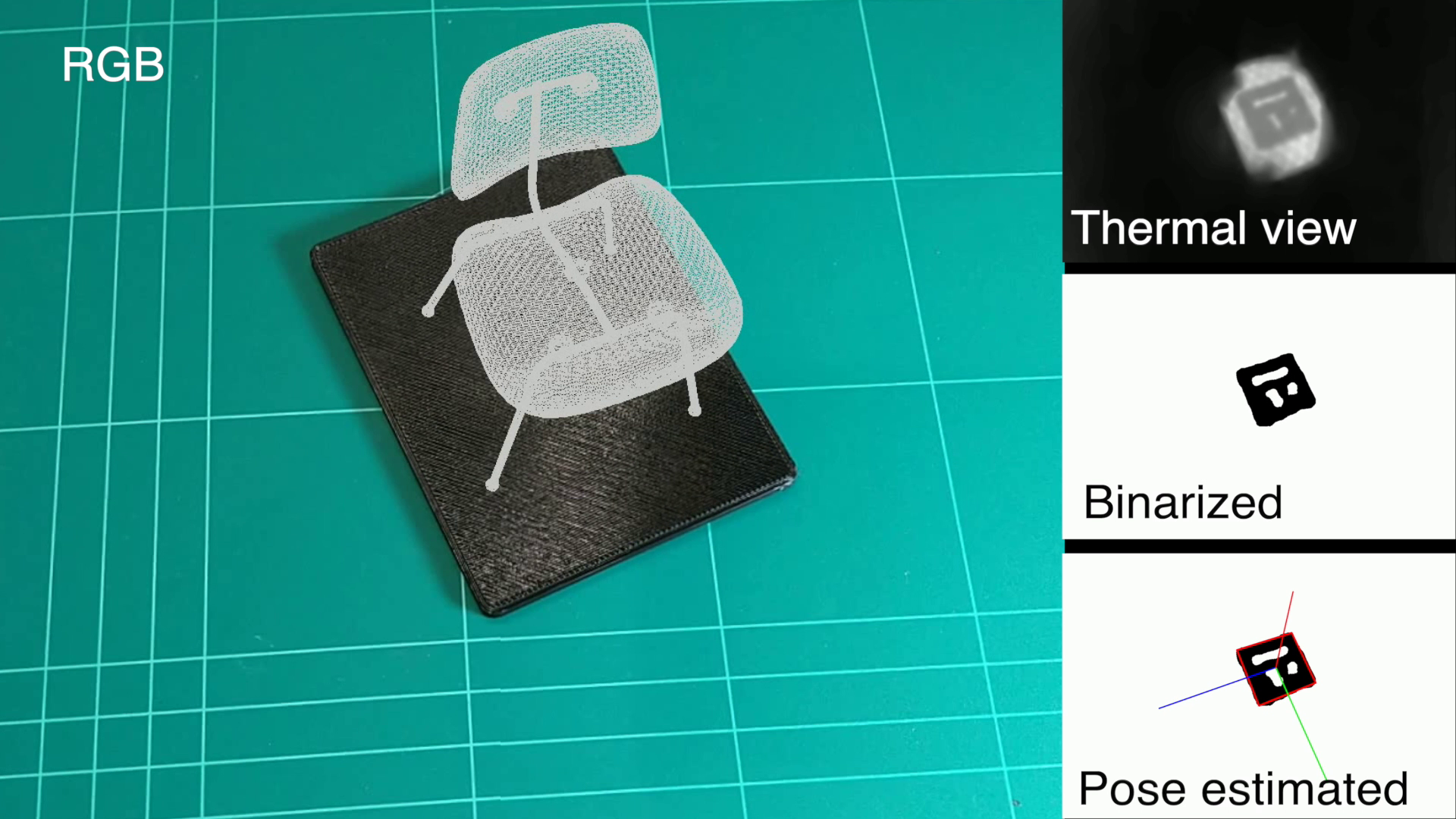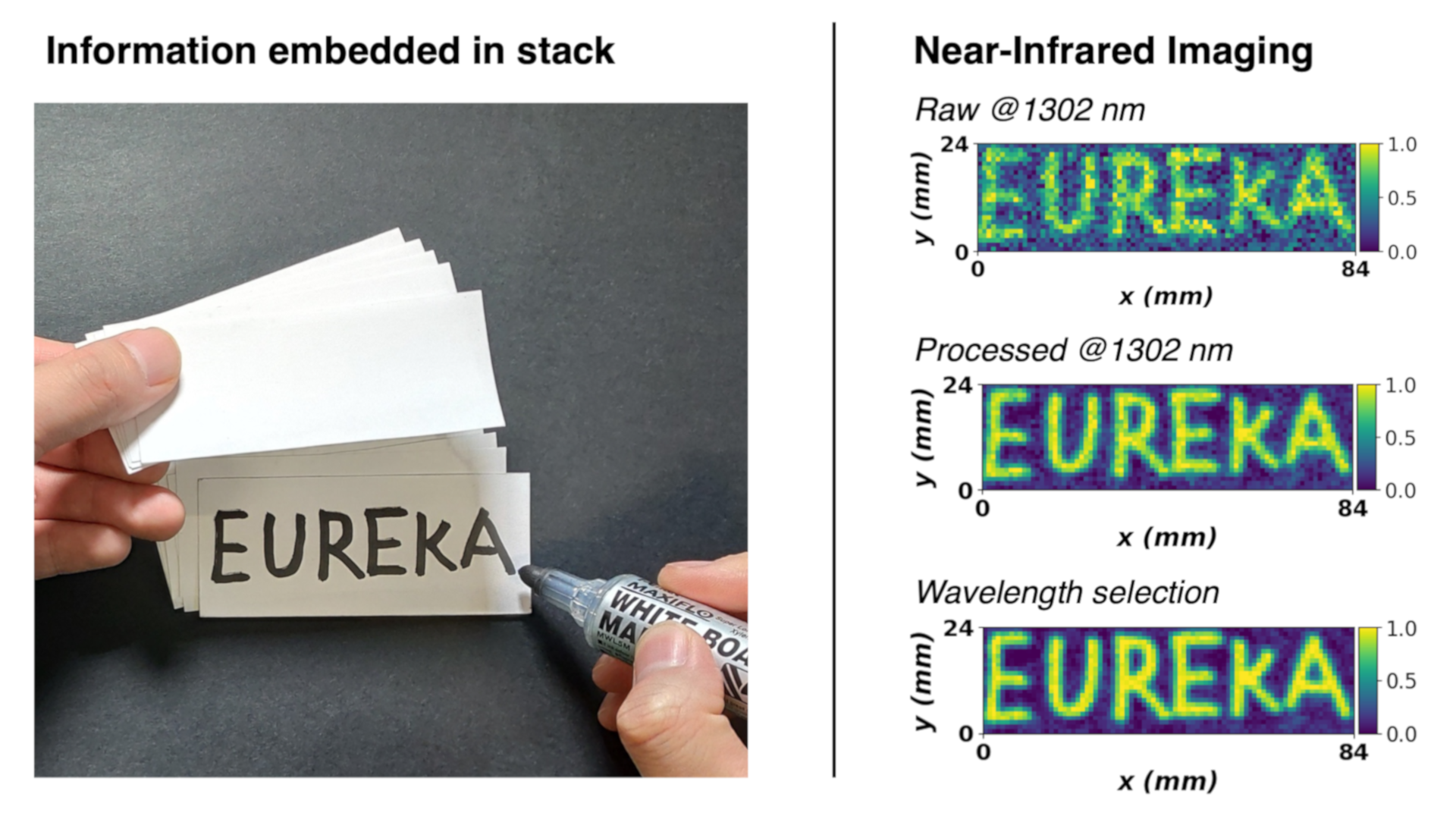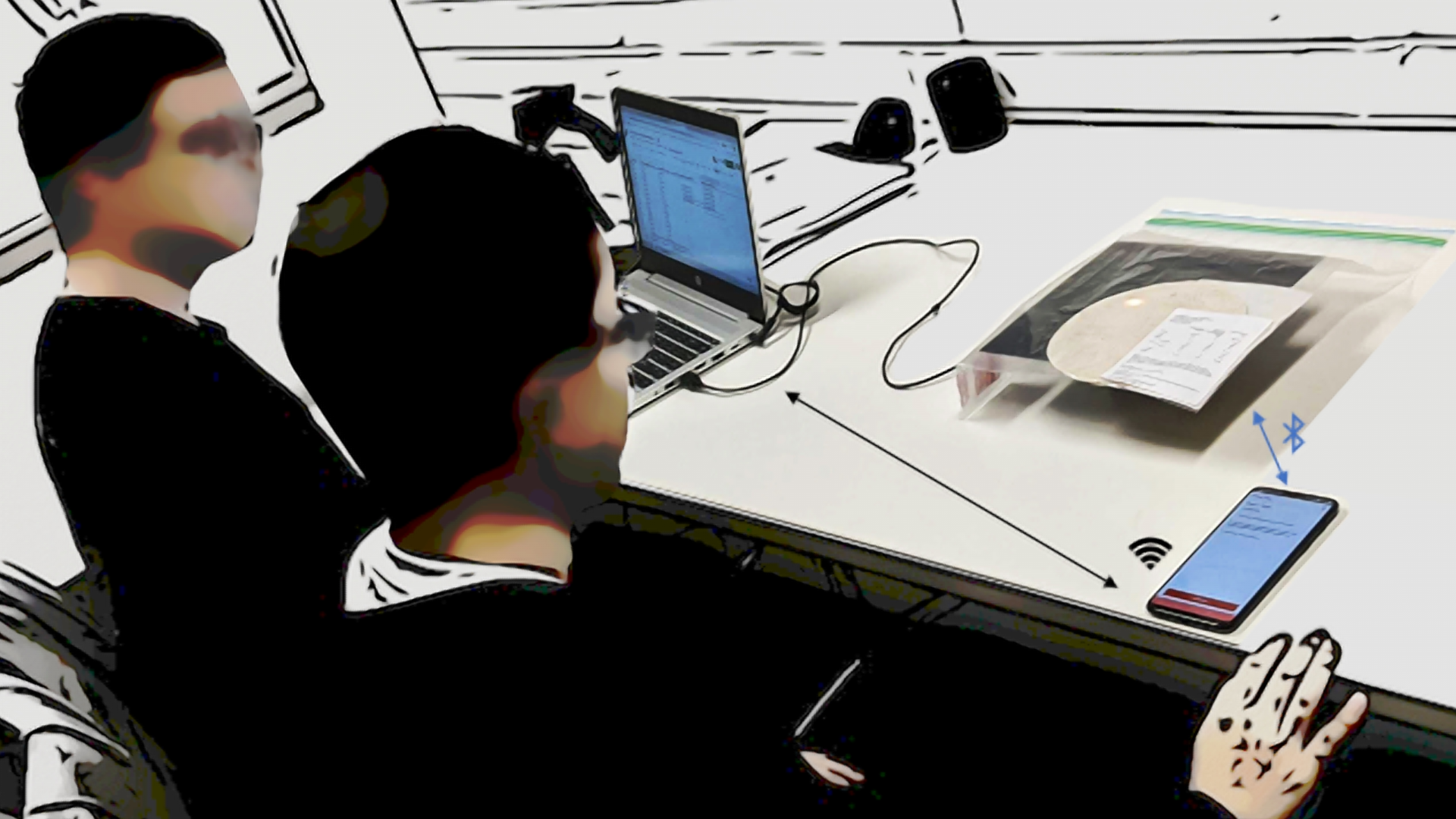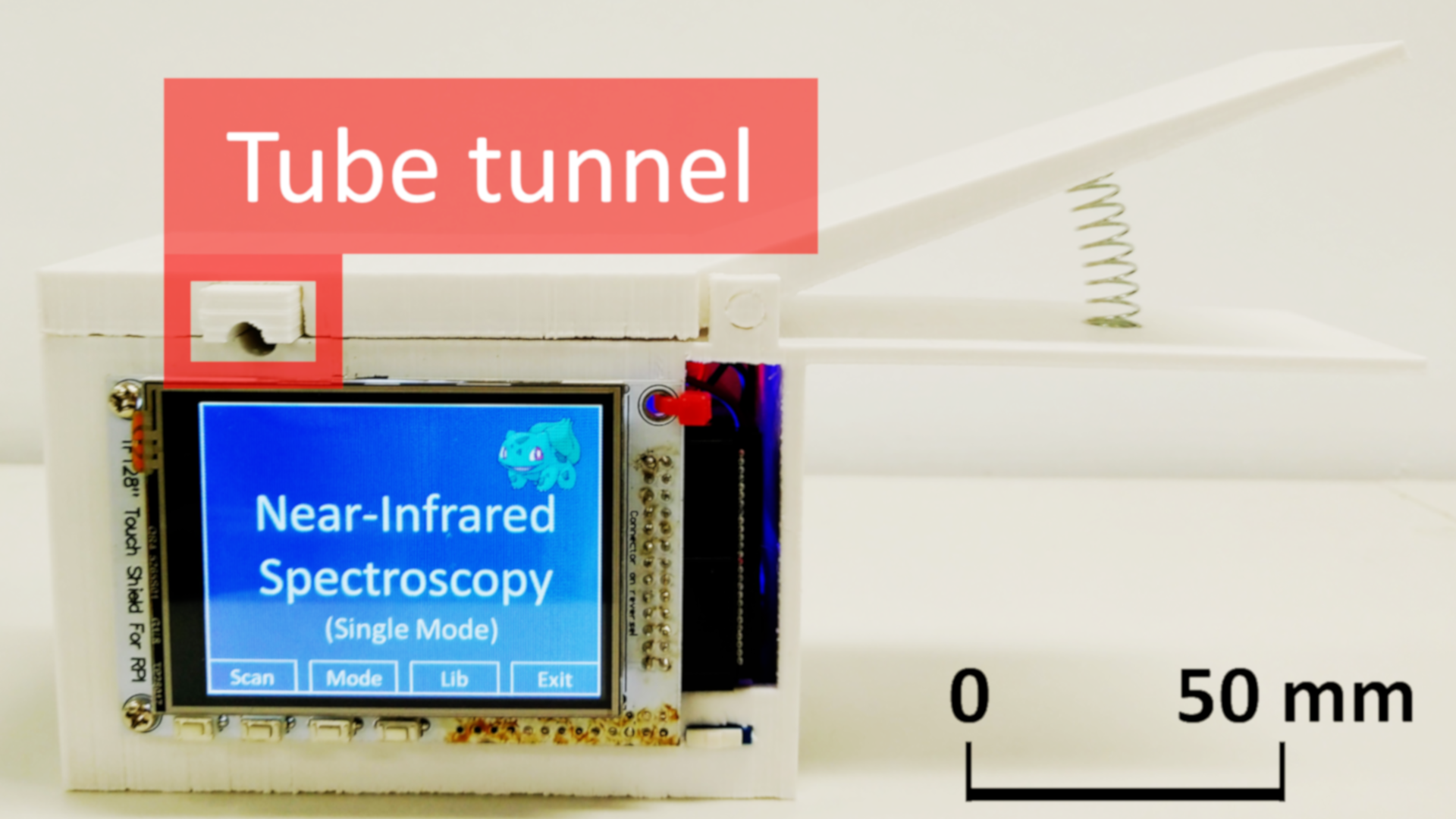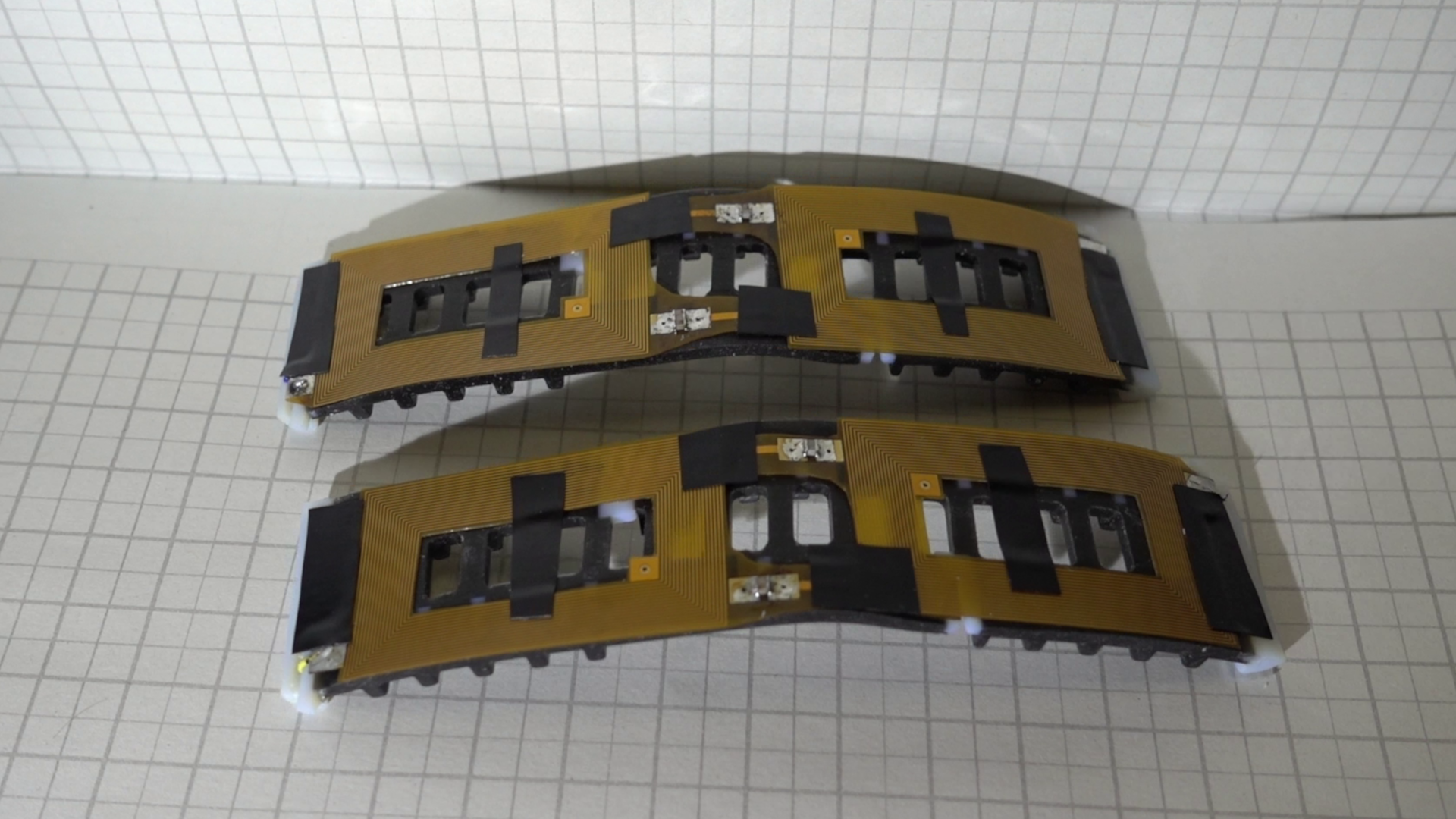I am a University-Appointed Professor (tenure-track) at the School of Computer Science, Nanjing University of Information Science and Technology (NUIST). Before then, I worked at the School of Computer and Information in Anhui Normal University (AHNU), and Graduate School of Information Science and Technology in The University of Tokyo. My research interests lay in Ubiquitous Computing, Human-Computer Interaction, and Digital Fabrications.
I received my PhD (2023) from School of Computing and Information Systems at The University of Melbourne, supervised by Prof. Vassilis Kostakos and Prof. Jorge Goncalves, and my Master degree (2016) from School of Information Science at Japan Advanced Institute of Science and Technology (JAIST), supervised by Prof. Tad Matsumoto, and my Bachelor degree (2014) from School of Computer Science and Technology at Huazhong University of Science and Technology (HUST), supervised by Prof. Chen Yu.
See my CV and publications.
Open positions available in our group: master students, PhD students, and new colleagues (postdocs and tenure-tracked). Get in touch if you are interested to hear more!


